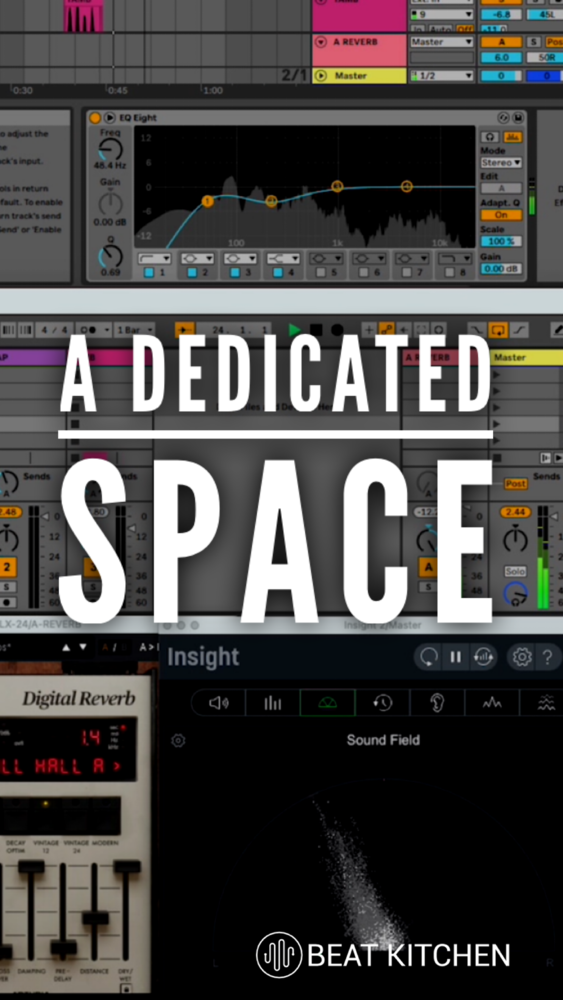Whether you call it a bus or whether you call it a send and a return, the utility of running effects like reverbs and delays in parallel rather than in series is more than just a matter of resource management. And yeah, feeding return track with a send from any one of a number of other tracks does allow you to maximize that resource. But just like writing, just like arranging, just like composition, good mixing often comes down to economy.
And by dedicating a special space where that effect lives on its own, we can do things to it that we could not do if it was placed in series. One of the easiest examples of this, and one of the most useful in practice, is to pan the effect to the opposite side of whatever is feeding it. This creates motion and space in your mix, and it’s a classic example of something you just can’t do when you insert an effect directly on a track.

